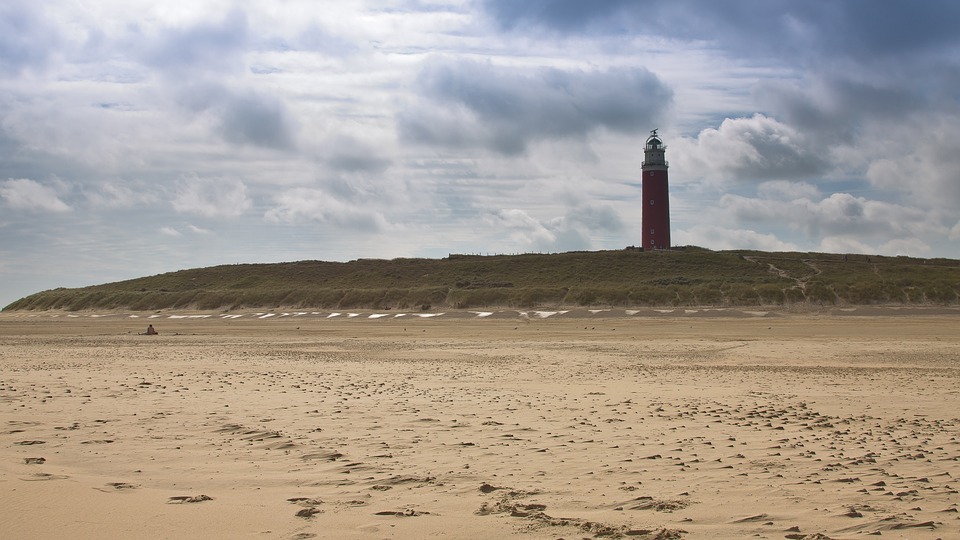Introduction
Águilas, or eagles, have long been revered by humans across cultures and civilizations. These majestic birds have captivated our imagination, symbolizing strength, freedom, and wisdom. This article explores the ancient connections between Águilas and humans and highlights how we continue to coexist with these magnificent creatures in modern times.
The Reverence of Águilas in Ancient Civilizations
Throughout history, various ancient civilizations held Águilas in high regard. In ancient Rome, the image of an eagle was featured on their standards, representing courage and military power. Likewise, the ancient Egyptians associated eagles with their sun god, Horus, considering them divine messengers. Native American tribes also consider eagles sacred beings, embodying spirituality, vision, and strength.
Symbolism and Significance of Águilas
Eagles have been symbolically significant in numerous cultures. Their ability to soar high in the sky connects them to the heavens and represents freedom and liberation. Their sharp eyesight symbolizes vision, foresight, and the ability to see the bigger picture. Águilas have served as symbols of power, wisdom, and transcendence in myths, folklore, and religious beliefs worldwide.
Águilas in Modern Society
While we no longer worship Águilas as deities, their cultural significance remains. Today, we often see eagles used in heraldry, national emblems, and as mascots for sports teams. The bald eagle, for example, is the national bird and symbol of the United States. It represents strength, freedom, and resilience, serving as a powerful emblem of the nation.
Furthermore, Águilas continue to play an important ecological role in our ecosystems. As apex predators, they help to regulate populations of prey species, maintaining a delicate balance in nature. Their presence is an indicator of healthy ecosystems, signifying the biodiversity and overall well-being of an area.
Águilas and Humans: Shared Spaces
Despite the expansion of human settlements and changes in landscapes, Águilas have managed to adapt to and coexist with humans. Thanks to conservation efforts and legislations, these birds have found protected areas and reserves where they can thrive. For example, national parks and wildlife sanctuaries provide habitats and safe spaces for Águilas, ensuring their persistence and survival.
Humans have also recognized the importance of Águilas in maintaining a healthy environment and preserving biodiversity. Educational programs, research, and public outreach initiatives are raising awareness about the significance of eagles and the need to protect their habitats. Birdwatching and eco-tourism have become popular, contributing to local economies while promoting conservation efforts.
Frequently Asked Questions
Q: Are eagles endangered?
A: While some eagle species are endangered, the conservation efforts in many countries have helped stabilize their populations. However, continued conservation measures are critical to ensure their long-term survival.
Q: What threats do eagles face in modern times?
A: Eagles face numerous challenges, including habitat loss, pollution, illegal hunting, and collisions with power lines. Efforts are being made to minimize these threats through habitat restoration, stricter regulations, and public awareness campaigns.
Q: Can I volunteer or contribute to eagle conservation efforts?
A: Yes, many organizations and conservation groups welcome volunteers and donations to support eagle conservation. Contact local wildlife organizations or visit their websites for more information on how to get involved.
Q: How can I help protect eagle habitats?
A: There are several ways to contribute to the preservation of eagle habitats. You can support conservation organizations, practice responsible tourism, minimize pesticide use, and participate in community clean-up efforts to reduce pollution.

